NEO RECYCLED MATERIALS
Adding value to waste through design. And here's a list of all the materials we've worked with, all the waste that has come back into the circular economy cycle.
-

NEOPRENE
Neoprene is a brand name of polychloroprene. Neoprene is entirely waterproof, which makes it an ideal material for wetsuits. Like all petrochemical-derived fabrics, Neoprene has a significantly negative impact on the environment. Therefore, it is in Flowco's interest to valorise this waste, recycle it and give it a new purpose
-
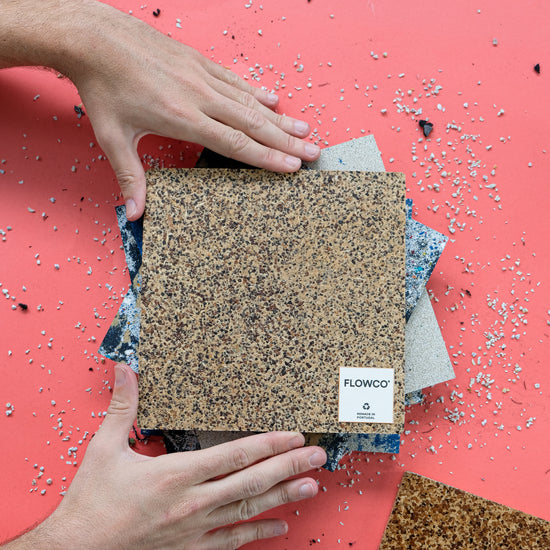
OLIVE PITS
The olive pit is the hard stone that covers the olive seed. Once considered as waste, these pits started to reveal their true values suche as a energy source or abrasive applications. At Flowco we are giving a new life to olive pits, through design, creating high-value products.
-
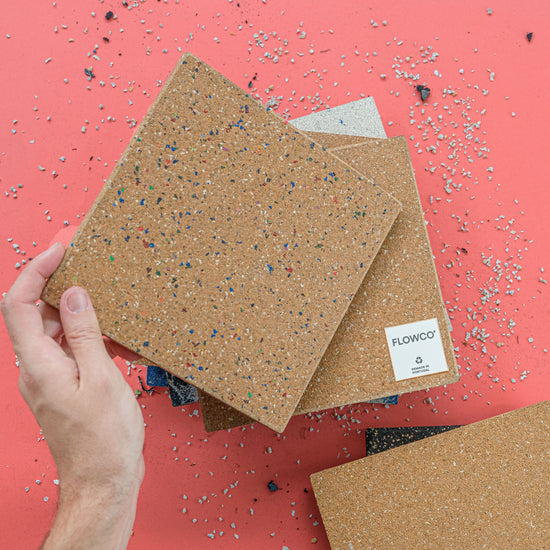
NEOLITE
Neolite is an alternative to leather, mainly used to make soles for shoes, especially classic men's shoes. Is of artificial origin and can come in various colours and thicknesses. At Flowco we see value in all materials, as long as they have already been used or are industrial waste that can no longer be re-used.
Material currently used in 2.0 Coaster Set
-
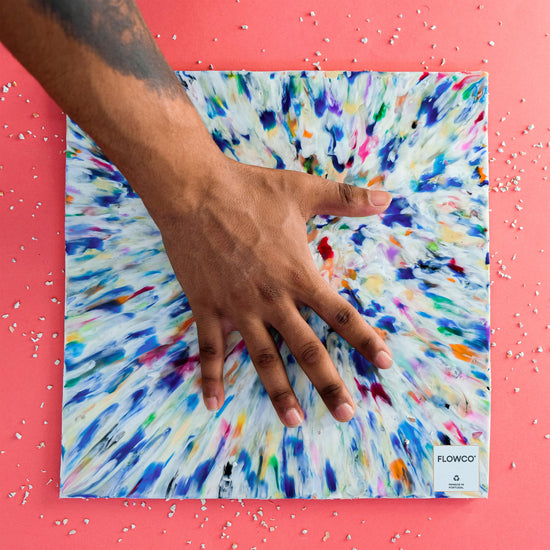
HDPE
HDPE OR High-density polyethylene is one of the most popular materials used in manufacturing today. It is used to make many different types of products ( containers for milk, shampoos and conditioners, soap bottles), and is often recycled to make a composite material for manufacturing as well. Plus, at Flowco, we think recycled HDPE looks great
-
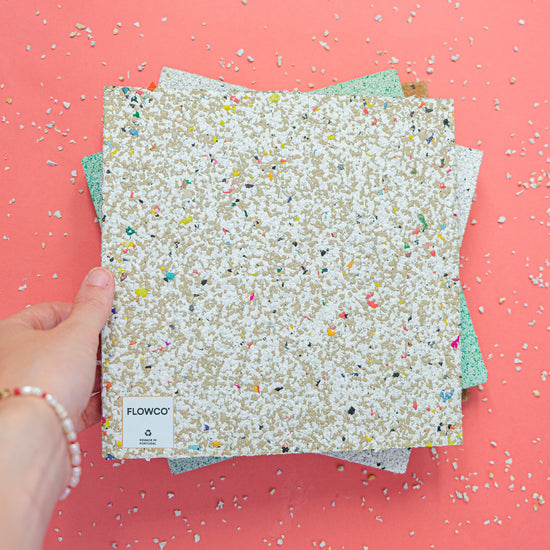
EVA
EVA stands for ethylene-vinyl acetate and is used for foam sheets and stickers as well as padding or sports equipment. Normally, the recyclability of EVA depends on the exact version of it as well as the product that it is used for, but at Flowco we've found a way to do it.
Material currently used in yoga mats -
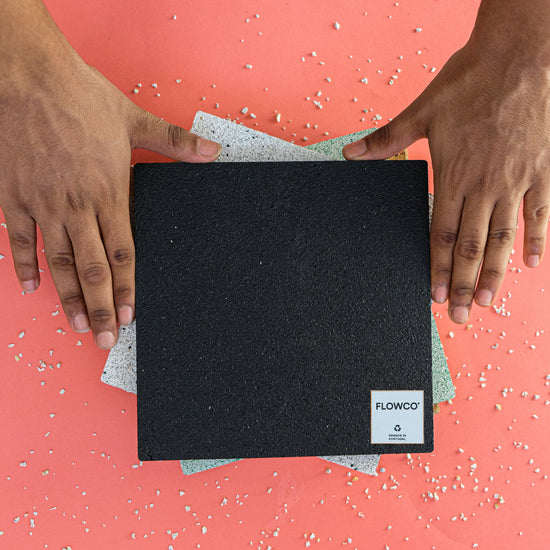
End-of-life Tyres
Tires do not decompose. When tyres pile up in landfills or junkyards, they can release chemicals into the air, ground, and water that alter the ecosystem. And that's why we wanted to work with end-of-life tyres at Flowco, saving up from the landfills as many as we can.
Material currently used in all Fitness Pavements
-

Paper
The environmental effects of paper production include deforestation, the use of enormous amounts of energy and water as well as air pollution and waste problems. At Flowco it is important to minimise the impacts of our life on the planet, so we experiment with recycling waste from pulp production.
-
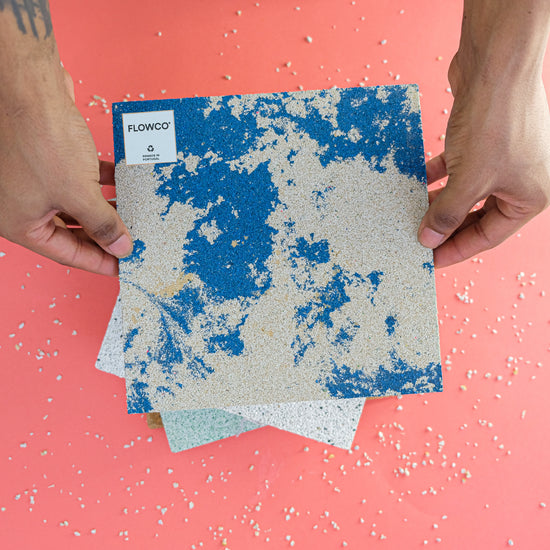
Shoe Soles
This is one of the materials that attracts our consumers the most. Who would have thought shoe soles could become decorative tiles? Well, knowing that the annual consumption of trainers is 20 billion and that only 5% is recycled, we had to do something.
Material currently used in all Goma Wall Tiles -
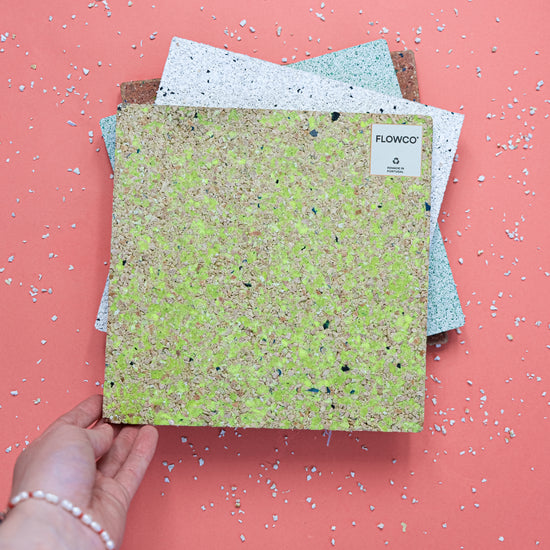
Tennis Balls
Tennis ball production is not the most eco-friendly process. The high-visibility yellow felt coating on the ball is a petroleum-based product. Plantations used to produce the core of the ball can threaten plant and animal biodiversity. We couldn't let all these resources go to waste after used, so we decided to recycle tennis balls.
Need help developing a new material from your waste?
Need help developing a new material from your waste?









